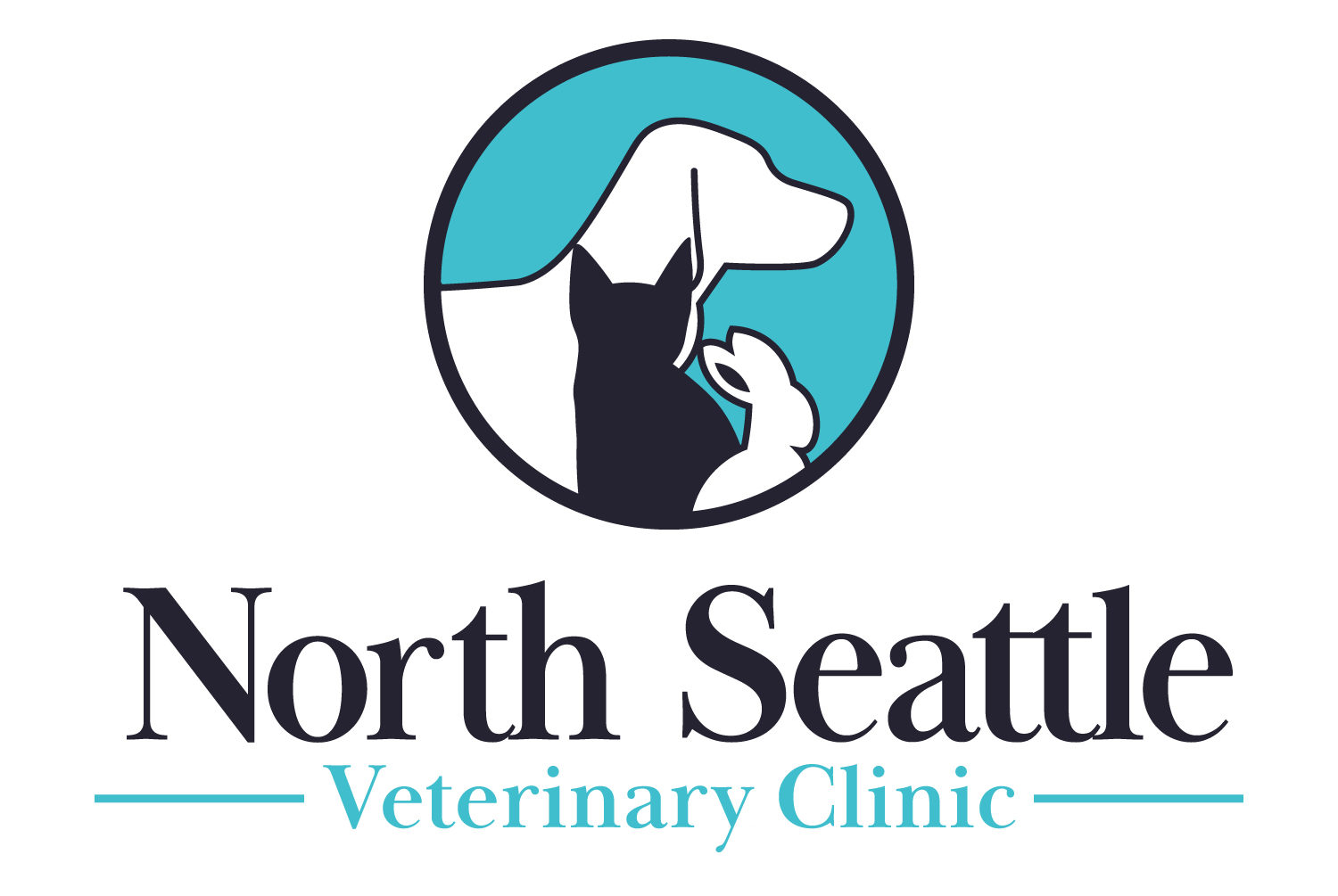Wash Your Pet’s Dishes After Every Single Use, Seriously
How often do you wash your pet’s dishes? Be honest! Unless your answer is “after every single use”, you aren’t washing them enough. With that being said, we aren’t here to be the “wash your pet’s dish” police but we do want to keep them happy and healthy! Would you eat off of the same dish for multiple days at a time? Your pet doesn’t want to either!
After your pet has eaten dinner, a quick wash with soap and hot water takes under a minute and will have your pet feeling fresh during their next meal. If you have multiple dishes that your pets eat out of, rotate them in and out of the dishwasher so they can be as clean and fresh as possible! Dishwashers usually run in the range of 130-170 degrees which is hot enough to kill the nasty grime living on your pet’s dishes. They have never specifically told us, but we have a feeling they’ll appreciate the extra work and cleaning you’ve done for them.
While we’re on the topic of pet dishes, we have one more tip for you! Stay away from plastic bowls as they are more susceptible to harboring bacteria that can make your pet sick. All in all, roughly two to three minutes a day to wash your pet’s dishes will make a big difference in the long run.
If you have any questions at all, our veterinary team is here to help! You can contact us via email or phone and a friendly member of our staff will get back to you as soon as possible!
